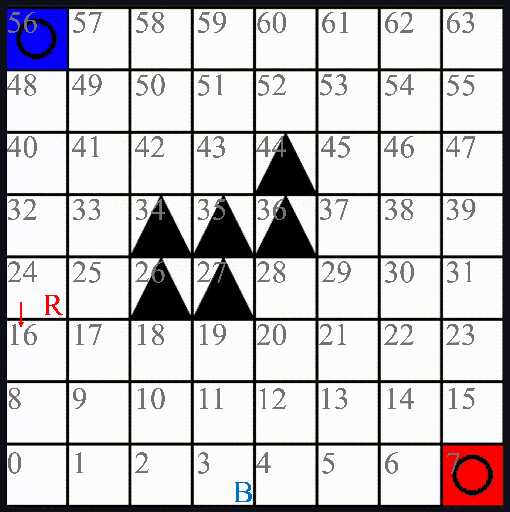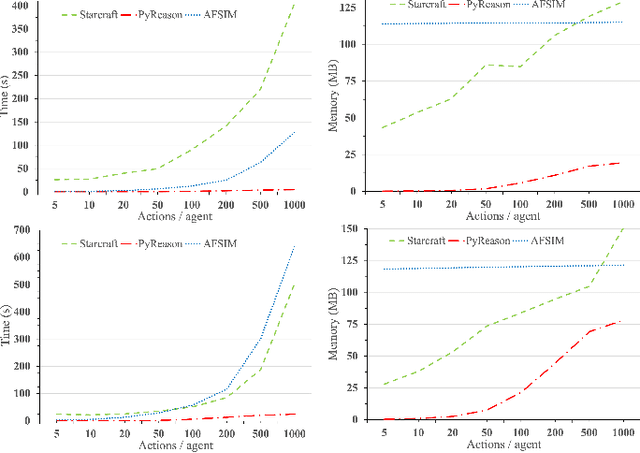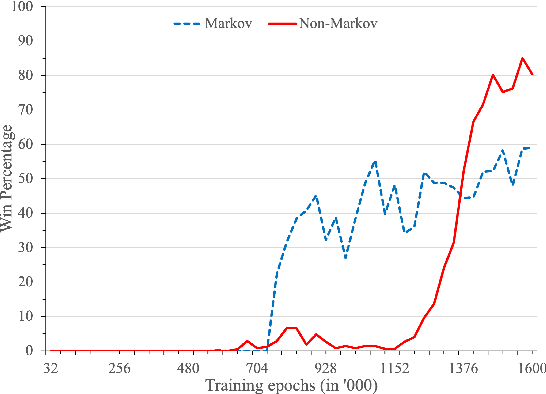Dyuman Aditya
Robust Localization, Mapping, and Navigation for Quadruped Robots
May 04, 2025Abstract:Quadruped robots are currently a widespread platform for robotics research, thanks to powerful Reinforcement Learning controllers and the availability of cheap and robust commercial platforms. However, to broaden the adoption of the technology in the real world, we require robust navigation stacks relying only on low-cost sensors such as depth cameras. This paper presents a first step towards a robust localization, mapping, and navigation system for low-cost quadruped robots. In pursuit of this objective we combine contact-aided kinematic, visual-inertial odometry, and depth-stabilized vision, enhancing stability and accuracy of the system. Our results in simulation and two different real-world quadruped platforms show that our system can generate an accurate 2D map of the environment, robustly localize itself, and navigate autonomously. Furthermore, we present in-depth ablation studies of the important components of the system and their impact on localization accuracy. Videos, code, and additional experiments can be found on the project website: https://sites.google.com/view/low-cost-quadruped-slam
Geospatial Trajectory Generation via Efficient Abduction: Deployment for Independent Testing
Jul 08, 2024Abstract:The ability to generate artificial human movement patterns while meeting location and time constraints is an important problem in the security community, particularly as it enables the study of the analog problem of detecting such patterns while maintaining privacy. We frame this problem as an instance of abduction guided by a novel parsimony function represented as an aggregate truth value over an annotated logic program. This approach has the added benefit of affording explainability to an analyst user. By showing that any subset of such a program can provide a lower bound on this parsimony requirement, we are able to abduce movement trajectories efficiently through an informed (i.e., A*) search. We describe how our implementation was enhanced with the application of multiple techniques in order to be scaled and integrated with a cloud-based software stack that included bottom-up rule learning, geolocated knowledge graph retrieval/management, and interfaces with government systems for independently conducted government-run tests for which we provide results. We also report on our own experiments showing that we not only provide exact results but also scale to very large scenarios and provide realistic agent trajectories that can go undetected by machine learning anomaly detectors.
Scalable Semantic Non-Markovian Simulation Proxy for Reinforcement Learning
Oct 15, 2023



Abstract:Recent advances in reinforcement learning (RL) have shown much promise across a variety of applications. However, issues such as scalability, explainability, and Markovian assumptions limit its applicability in certain domains. We observe that many of these shortcomings emanate from the simulator as opposed to the RL training algorithms themselves. As such, we propose a semantic proxy for simulation based on a temporal extension to annotated logic. In comparison with two high-fidelity simulators, we show up to three orders of magnitude speed-up while preserving the quality of policy learned. In addition, we show the ability to model and leverage non-Markovian dynamics and instantaneous actions while providing an explainable trace describing the outcomes of the agent actions.
PyReason: Software for Open World Temporal Logic
Mar 04, 2023Abstract:The growing popularity of neuro symbolic reasoning has led to the adoption of various forms of differentiable (i.e., fuzzy) first order logic. We introduce PyReason, a software framework based on generalized annotated logic that both captures the current cohort of differentiable logics and temporal extensions to support inference over finite periods of time with capabilities for open world reasoning. Further, PyReason is implemented to directly support reasoning over graphical structures (e.g., knowledge graphs, social networks, biological networks, etc.), produces fully explainable traces of inference, and includes various practical features such as type checking and a memory-efficient implementation. This paper reviews various extensions of generalized annotated logic integrated into our implementation, our modern, efficient Python-based implementation that conducts exact yet scalable deductive inference, and a suite of experiments. PyReason is available at: github.com/lab-v2/pyreason.
 Add to Chrome
Add to Chrome Add to Firefox
Add to Firefox Add to Edge
Add to Edge